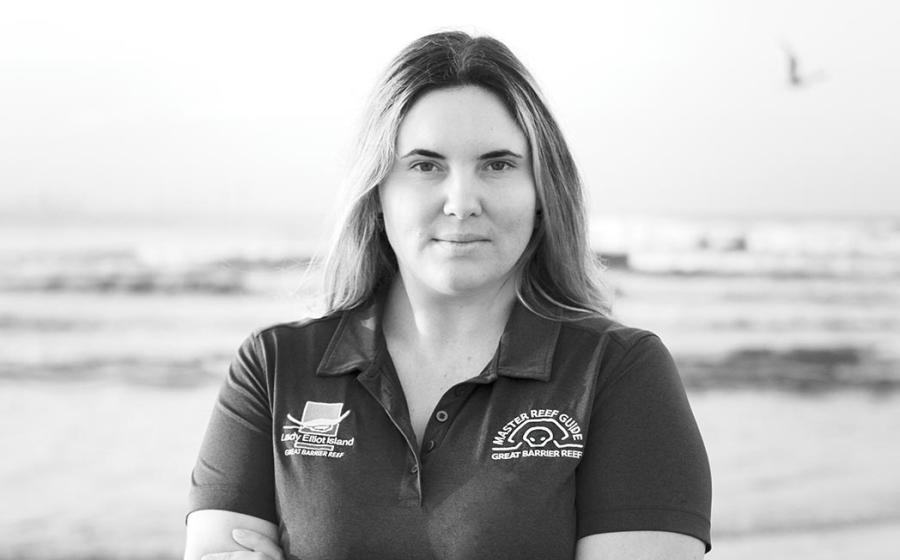Ocean Sole Creates Art By Recycling Flip-Flops
What do Barack Obama on vacation in Hawaii, the Dalai Lama just about anywhere, Northwestern University’s women’s lacrosse team at the White House, and Elle Macpherson at the Met Gala have in common?
Answer: They all created a minor stir when they wore flip-flops.
The $20-billion flip-flop industry is responsible for causing more than a fashion no-no, however; the humble sandal contributes to the mountains of plastic pollution in the ocean — 8 million tons annually.

One of the flip-flop art pieces made by Ocean Sole.
Flip-flops are made from a variety of materials, including rubber, foam and plastic. Millions are sold each year; in 2006, flip-flop sales exceeded those of sneakers for the first time. While some designer styles can be pricey, most flip-flops are inexpensive, costing as little as $5. The cheapest ones cost as little as 99 cents.
“Over three billion people can only afford flip-flops,” says Erin Smith, CEO of Ocean Sole, a Kenyan recycling collective and artists consortium. “Those shoes are worn literally to threads. They hang on to them, fix them, duct-tape them, mend them and then usually discard them. These flip-flops ultimately make it to the ocean.”
On East Africa’s Indian Ocean beaches, about 90 tons of discarded flip-flops wash up. “We are the receivers of pretty much the rest of the world’s marine pollution," Smith says. “But flip-flop pollution isn’t about losing your sexy shoe on a boat in St. Tropez or having your favorite Havaianas wash away in Hawaii — it’s about the millions of people who can only afford a cheap rubber shoe and have no ethical or eco-friendly way to discard them.”
Ocean Sole’s mission is to not only contribute a solution to the plastic marine debris issue, but also to provide a source of income for some of Kenya’s poorest citizens. It was started by Kenyan native and diver Julie Church in the late 1990s, says Smith, who is also a diver.
“Back in the ‘90s, Julie discovered an entire beach was covered in flip-flops,” Smith says. “What she saw was a whole ecosystem that was being ruined by this massive increase in marine pollution.”
Today, Ocean Sole has 50 full-time employees who create art from the washed-up flip-flops that are collected on the beaches of Kenya and other East African countries.
The sculptures include a life-size rhino, hippo and giraffe, and a blue whale, octopus, albatross and jellyfish made for a recent United Nations Environment Assembly held in Nairobi. “We’ve made art pieces for malls, shows and hotel lobbies,” says Smith. “Anything can be made from flip-flops — even furniture and chandeliers.”
Last year, Ocean Sole upcycled 400,000 flip-flops, and Smith estimates that the company is capable of repurposing double that number.
“We want our art to bring awareness to this ugly, poverty-driven problem that is negatively impacting both humans and our sea,” says Smith.
MORE OCEAN NEWS:
Shipwrecks of HMS Terror and Erebus Discovered In the Arctic
Scuba Diver Saves Turtle from Plastic Bag Full of Quarters
Scuba Divers Searching for Emperor's 2,000-Year-Old Party Barge









